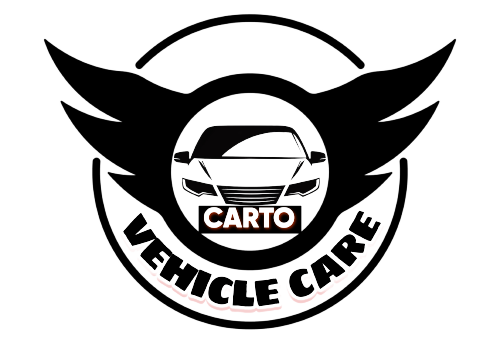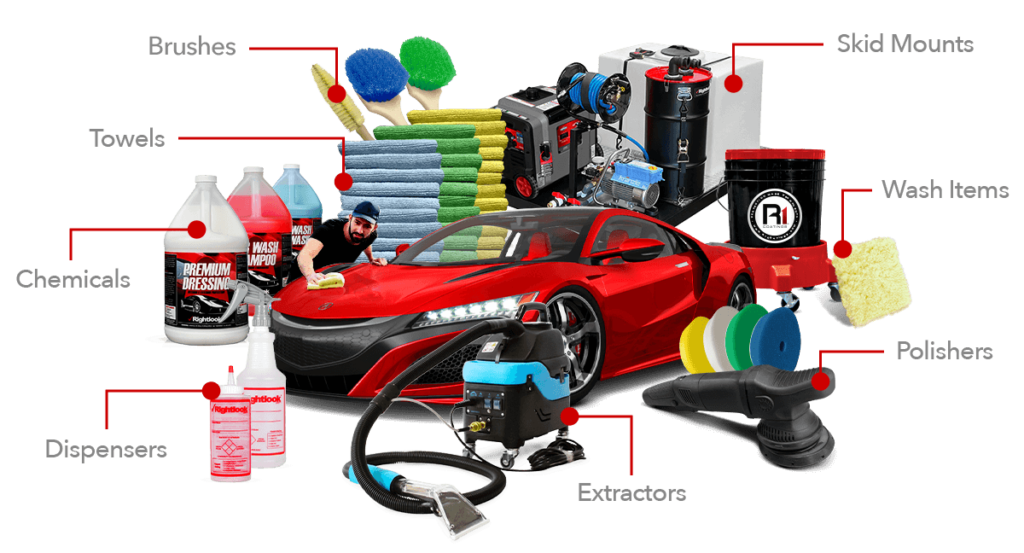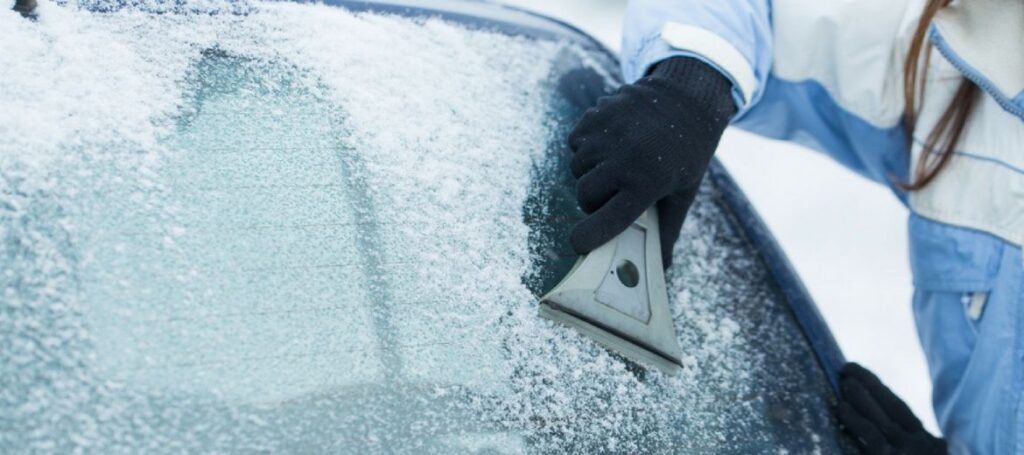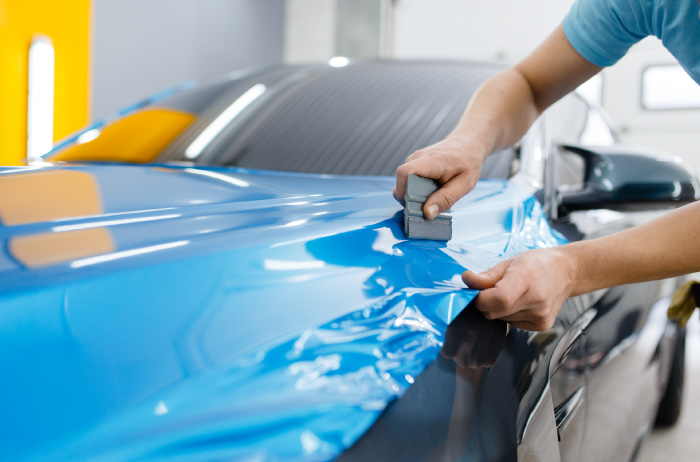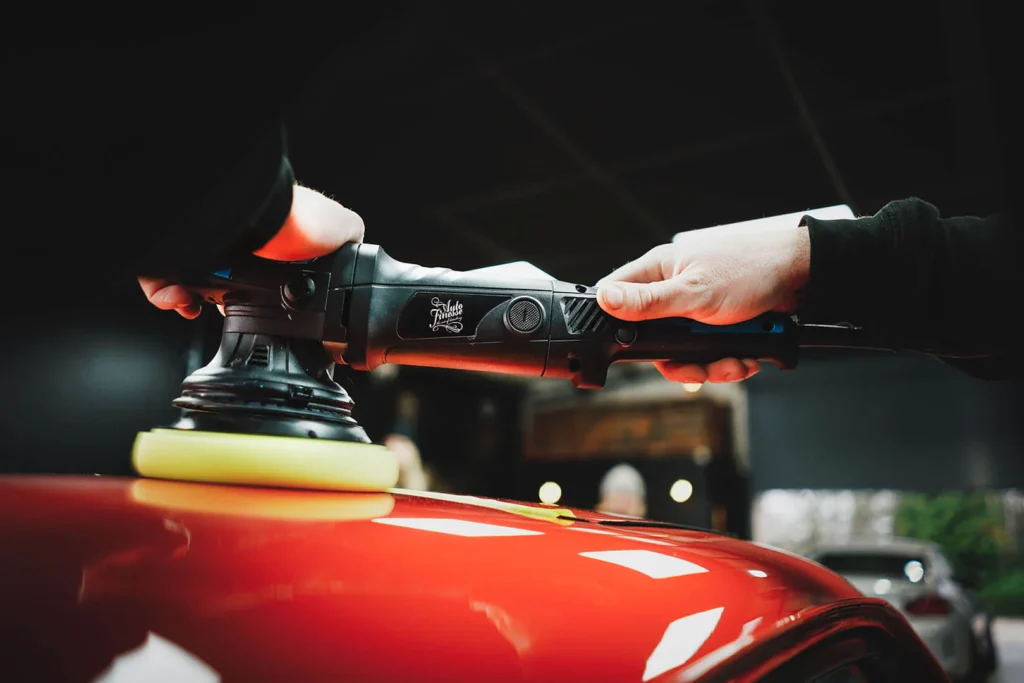Car Exterior Cleaning: Must-Have Tools for Professional Results
Introduction Maintaining the pristine appearance of your vehicle’s exterior is essential for both aesthetics and longevity and having the right car exterior cleaning tools can make all the difference. Essential tools include a high-quality car wash soap that’s gentle on paint yet effective against dirt and grime, microfiber wash mitts that reduce the risk of scratches, and a pressure washer or garden hose with a nozzle for thorough rinsing. A clay bar can remove embedded contaminants to tackle tougher spots, while a dedicated car polish and wax provide a protective and glossy finish. Additionally, tire and wheel cleaners, along with specialized brushes, ensure that every part of your vehicle shines. A good quality drying towel helps to prevent water spots and streaks. A set of detailing brushes can be indispensable for those hard-to-reach areas and intricate detailing. Investing in these tools enhances your car’s appearance and helps maintain its value over time, ensuring your vehicle always looks its best. Pressure Washing Pressure washing, also known as power washing, is a cleaning method that uses high-pressure water spray to remove dirt, grime, mold, mildew, and other contaminants from surfaces. This method is widely used for cleaning various surfaces, including buildings, concrete driveways, decks, patios, and vehicles. The high-pressure water stream is effective at loosening and removing tough dirt and debris that traditional cleaning methods might struggle to handle. How Pressure Washing Works A pressure washer consists of several key components: Applications of Pressure Washing Pressure washing is used in a variety of applications, including: Benefits of Pressure Washing Tips for Selecting a Pressure Washer Choosing the right pressure washer for car cleaning is crucial to avoid damaging the vehicle’s paint and components. Here are some tips to help you select the right one: Tips for Using a Pressure Washer Using a pressure washer correctly is essential to avoid causing damage to your car. Here are some practical tips: Car Wash Soap Why Specialized Car Wash Soap is Necessary Using specialized car wash soap is crucial because it is specifically formulated to clean automotive surfaces without causing damage. Ordinary household detergents, such as dish soap, can strip away the protective wax and sealant layers from the car’s paint, leaving it vulnerable to the elements. Car wash soaps are pH-balanced and contain lubricants that safely lift and encapsulate dirt particles, preventing them from scratching the paint during washing. Proper Dilution and Application Techniques Wash Mitts and Sponges Types of Wash Mitts and Sponges Benefits of Microfiber Mitts Microfiber mitts are preferred because their fibers are designed to lift and trap dirt away from the paint, reducing the risk of scratches. They are highly absorbent, making it easier to apply soapy water evenly. Additionally, microfiber mitts are durable and easy to clean. Proper Washing Technique to Avoid Scratches Buckets with Grit Guards Explanation of the Two-Bucket Method The two-bucket method involves using two separate buckets: one for soapy water and one for rinsing your wash mitt or sponge. This method helps to keep dirt and contaminants out of the soapy water, reducing the risk of scratching the paint. Importance of Grit Guards in Preventing Scratches Grit guards are inserts that sit at the bottom of your buckets. They trap dirt and debris at the bottom, preventing them from being picked up by your wash mitt or sponge. This additional measure ensures that the water you use remains as clean as possible, further minimizing the risk of scratches Detailing Brushes Clay Bar Kit Purpose of a Clay Bar in Car Cleaning A clay bar is used to remove bonded contaminants from the car’s paint surface that washing alone cannot eliminate. These contaminants include industrial fallout, brake dust, tree sap, and tar. Using a clay bar leaves the surface smooth and ready for polishing and waxing Conclusion: In conclusion, having the right tools for cleaning your car’s exterior is essential for maintaining its appearance and protecting its finish. From car wash soap to microfiber towels, each tool plays a specific role in ensuring your car looks its best while preventing damage. Regular use of these tools will not only keep your car looking pristine but also enhance its longevity, making it a worthy investment for any car owner.
